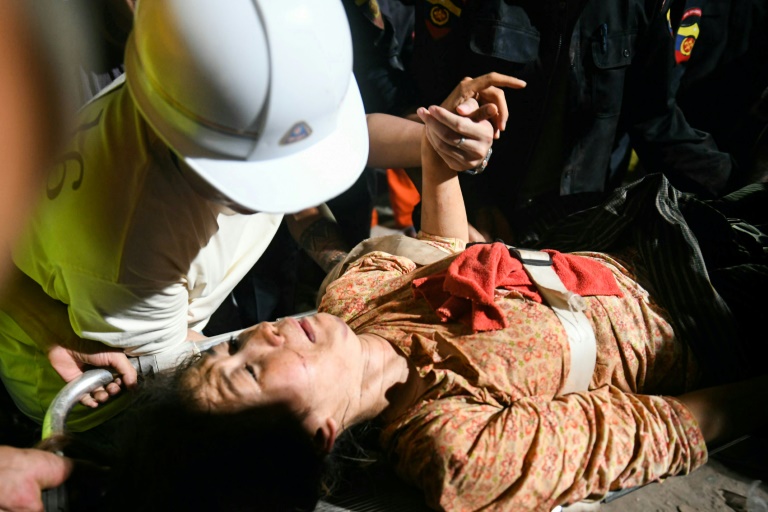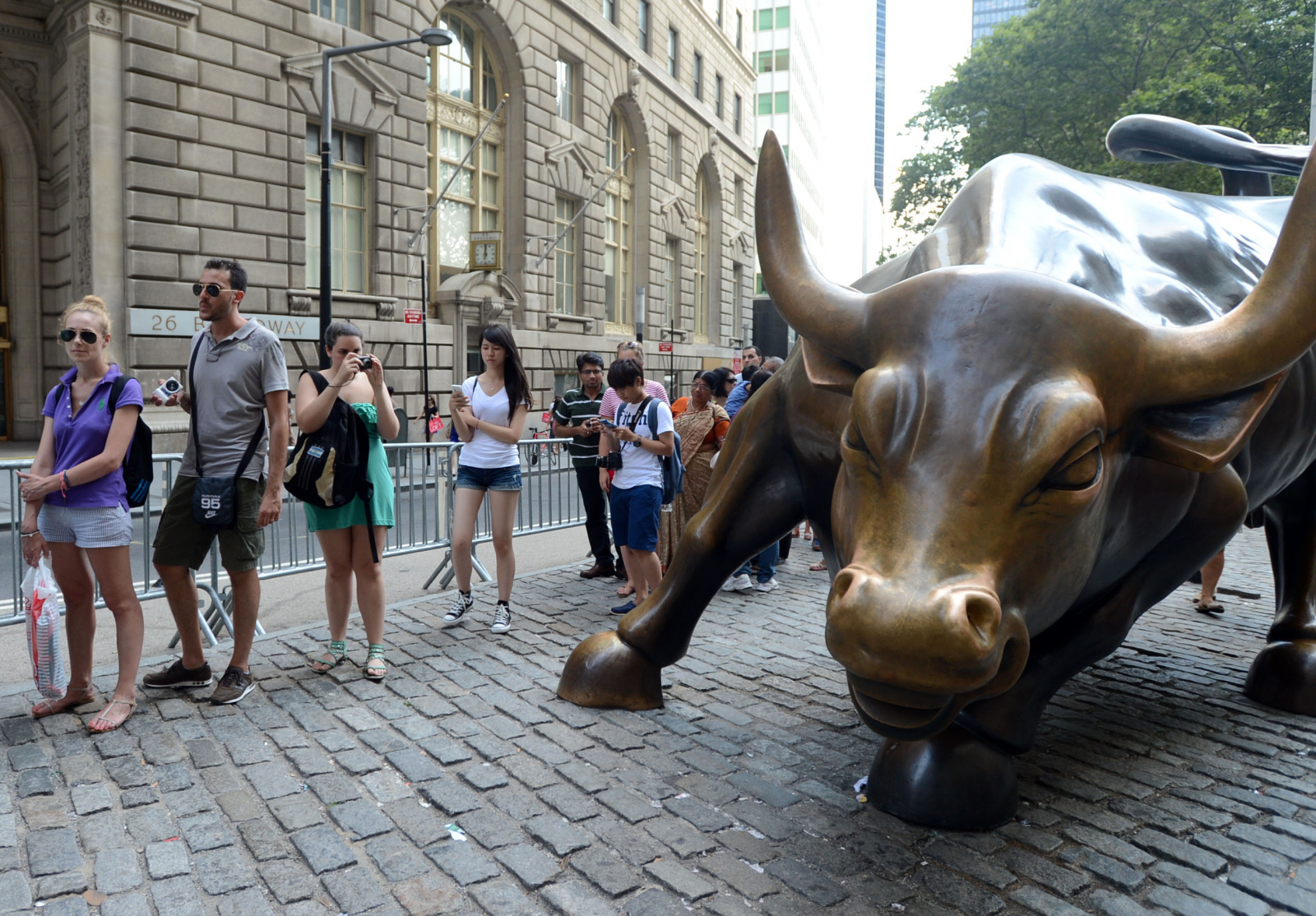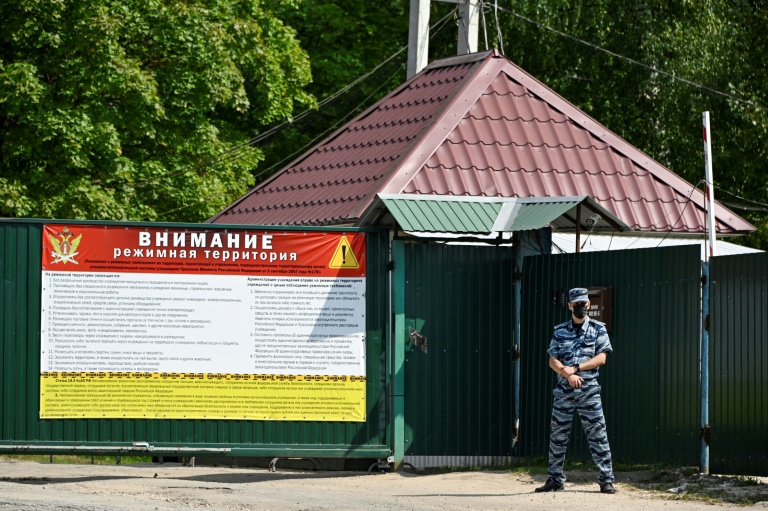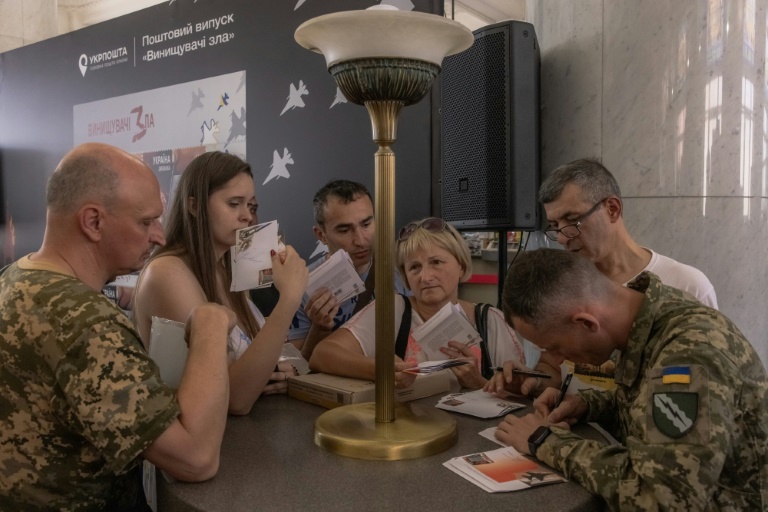AFP
Russia’s top opposition politician, Alexei Navalny, survived a dramatic poisoning attack in 2020 only to be sent to a penal colony, where he has been sentenced to a further 19 years behind bars.
Here are 10 key dates in his campaign to bring down Russian President Vladimir Putin.
Begins buying shares in state-owned oil giants to access company reports and trawl them for evidence of corruption which he documents in caustic posts on his blog.
The same year he is excluded from the liberal opposition party Yabloko for taking part in “nationalist activities” including nationalist marches. Fellow opposition politician Ilya Yashin later said Yabloko kicked out Navalny because he challenged party leader Grigory Yavlinsky.
In 2011, he sets up the Anti-Corruption Foundation, which gains a huge following with its caustic exposes about the vast riches amassed by Kremlin elites.
In the winter of 2011/2012, he leads huge protests against Putin’s rule after parliamentary polls won by Putin’s United Russia party that are marred by allegations of fraud.
In 2013, he is convicted of defrauding the government in the Kirov region of 16 million rubles ($500,000) in a timber deal while acting as an advisor to the governor.
Navalny denies the charges, claiming they are an attempt to silence him.
He finishes a strong second behind Kremlin-backed incumbent Sergei Sobyanin in the race for mayor of Moscow.
Navalny claims that Sobyanin bribed voters with food packages and rigged the vote at several polling stations. His calls for a recount are dismissed.
He publishes a high-profile video about the lavish lifestyle of then prime minister Dmitry Medvedev, which includes the claim that one of his estates has a duck house in the middle of a pond.
The video spurs rallies in dozens of cities, with protesters carrying rubber ducks as a symbol of Medvedev’s suspected ill-gotten riches.
He is barred from running for president against Putin because of his embezzlement conviction.
Navalny urges Russians to boycott the vote which hands Putin a fourth term.
He is hospitalised on August 20, 2020, in Siberia and placed in a medically-induced coma after losing consciousness during a flight.
His family ask that he be transferred to a hospital in Berlin, where tests show he was poisoned with Novichok, a Soviet-era nerve agent.
He accuses Putin of being behind his poisoning, which the Kremlin denies.
Despite the dangers, he returns to Moscow, where is detained shortly after landing at the airport.
Tens of thousands of people demonstrate across the country for his release.
In February, he is handed a two-and-a-half year sentence for breaching the conditions of a suspended sentence while recuperating in Germany and sent to a penal colony about 100 kilometres (60 miles) east of Moscow.
He urges his supporters to continue demonstrating, declaring “millions can’t be jailed”.
His sentence is increased to nine years after his conviction on new charges of embezzlement and contempt of court.
He is transferred to a maximum-security prison around 250 kilometres east of Moscow, from where he regularly denounces the Russian invasion of Ukraine.
A gaunt Navalny, who has experienced major weight loss in prison, goes on trial at his prison for “extremism”.
The 47-year-old uses the trial to denounce the “senseless” war in Ukraine.
On August 4, the court jails him for an additional 19 years.







